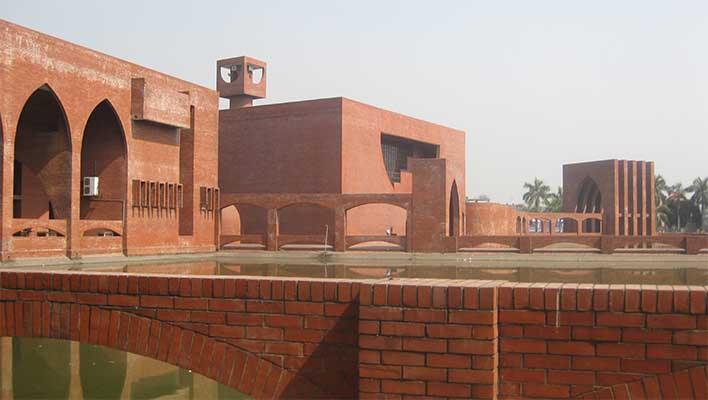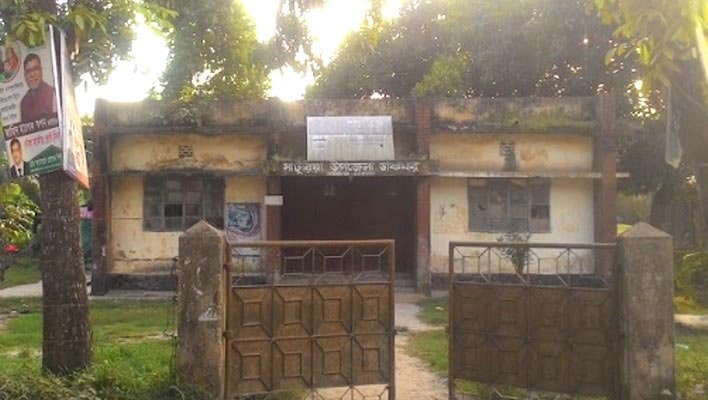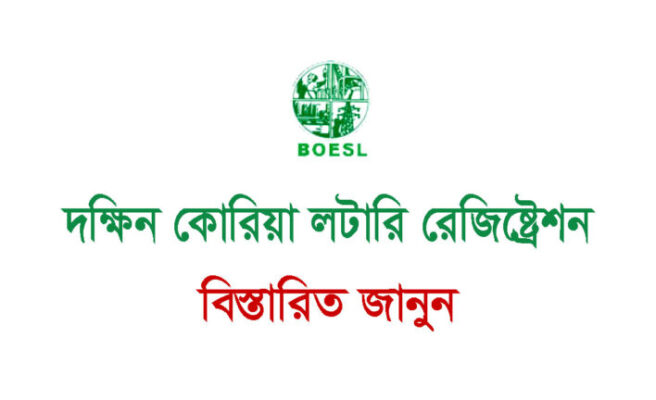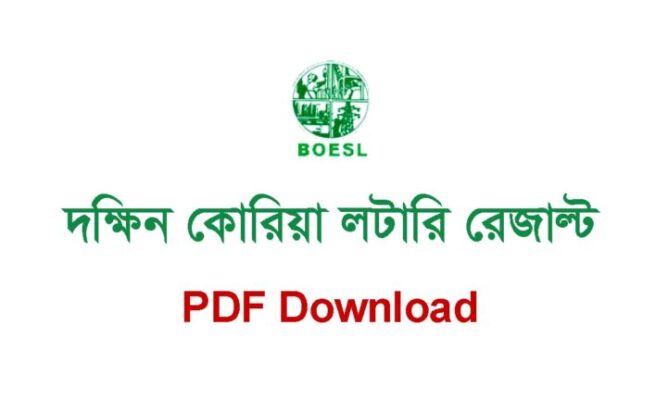Overview
Dhaka District is a very ancient administrative area of Bangladesh with a history of several centuries. Geographically, the district is located in the north latitude from 23˚22′30′′ to 24˚22′20′′ north and in the longitude of 89˚81′6 ′ ′ to 90˚59′23′′E. There is no reliable information about the origin of the name Dhaka. However, the present name of Dhaka is the name of Dhaka Division, Dhaka District, and the capital of independent sovereign Bangladesh.
In the past, Dhaka district consisted of a large area and was known by various names. At present, it consists of a small area and the area is only 1463.60 square kilometers. Mr. Gazipur and Tangail districts to the north, Munshiganj and Rajbari districts to the south, Narayanganj district to the east, and Manikganj district to the west. The district headquarters, the city of Dhaka, is one of the major megacities in the world today.
Dhaka district has seen the rise, change, and evolution of many civilizations and cultures in its long history. And all this has had a tremendous impact on the district and the people of the district. However, Buddhism, Hinduism and Islam have had the most significant impact on the region and its people. Monuments of all these cultures and religions are observed in every place in the region.
Dhaka district is basically a flat land and is washed away by many people and many rivers. The northern part of the district is slightly elevated. The district is located in Dhaka, the capital of Bangladesh, which is a megacity and the main administrative, industrial and commercial center of Bangladesh. The rest of the district is fertile agricultural land. Among the agricultural products, paddy, jute, sugarcane, mustard, etc. are the main ones. The climate of the district is balanced. The highest temperature is 1080 Fahrenheit, the lowest is 400 Fahrenheit and the average temperature is 78. 020 Fahrenheit. The effect of the monsoon climate is abundant rainfall. The maximum rainfall is 103.86 inches, the minimum is 47.13 inches and the average of normal rainfall is 73.36 inches.
The people of Dhaka are very friendly, at the same time hard-working people who have ultimate success in various arts. Dhaka district is now the most densely populated area in the world. The majority of the people of the district belong to the Muslim community but people of Hindu, Buddhist, Christian, and other communities also live here. Communal harmony is an important feature of the people of the district and all the residents and communities take part in religious, social, and cultural events. The main religious ceremonies of Muslims are Eid-ul-Fitr, Eid-ul-Azha, and Muharram; Durga Puja of Hindus, Janmashtami; Buddhist full moon for Buddhists and big day for Christians.
At present, the society of Dhaka district is not based on religion or caste as in the past. It is constantly evolving based on economics and education. However, economic inequality is gradually increasing in the life of society. Economic differences are developing between rural people and urban people. Economic inequality is constantly increasing in the cities, especially in the Dhaka megacity. The people of this district are peace-loving and the law and order situation is satisfactory.
History of Dhaka district
Although Dhaka, the capital of Bangladesh, gained some importance in the pre-Mughal period, the city gained fame in history during the Mughal period. In 1610, Islam Khan moved Chishti Subah from Rajmahal, the capital of Bengal, to Dhaka and renamed it Jahangirnagar after the emperor. Although Jahangirnagar was named administratively, the name Dhaka remained in the face of common people. Due to its location along the river, Dhaka was a center of local trade during the pre-Mughal period. High-quality finished cotton cloth known as muslin was produced here.
As a result of 1952, 1966, and 1970 struggles in the continuity of history, Bangladesh emerged as an independent state on 16 December 1971 and gained recognition. As the capital of an independent sovereign state, Dhaka is regarded as one of the most important centers of political, administrative and economic, social, educational, and cultural activities.
Greater Dhaka District was an administrative region of Bangladesh before 1984 comprising Manikganj, Gazipur, Dhaka, Narayanganj, Narsingdi, and Munshiganj subdivisions. After 1980, the subdivision system was abolished through administrative reforms. Manikganj, Gazipur, Narayanganj, Narsingdi, and Munshiganj subdivisional districts were formed and the then Dhaka district got its present form.
At a glance, the data of Dhaka is as follows:
| Area | 1463.60 sq km |
| Total population | 1 crore 25 lakh 17 thousand 3 hundred 61 people |
| Male | 68,13,463 |
| Female | 57,03,908 |
| Literacy rate | 70.50% |
| Household | 27,86,133 |
| Sex ratio | 119 |
| Population density | 8,229 (per sq km) |
| Population growth rate | 3.48 (per year) |
| Urbanization (%) | 77.36 |
Geographic Unit
Number of Upazilas: Dhaka district consists of 5 Upazilas; These are:
| Dohar Upazila | Nawabganj Upazila | Keraniganj Upazila |
| Savar Upazila | Dhamrai Upazila |
There are 2 city corporations in Dhaka district
| Dhaka North City Corporation | Dhaka South City Corporation |
Metropolitan Police Station
There are a total of 50 Police Stations in Dhaka District.
| Adabor | Airport | Badda |
| Banani | Bangshal | Bhashantek |
| Cantonment | Chackbazar | Dakshin Khan |
| Darus-Salam | Demra | Dhanmondi |
| Gandaria | Gulshan | Hatirjheel |
| Hazaribag | Jatrabari | Kadamtali |
| Kafrul | Kalabagan | Kamrangirchar |
| Khilgaon | Khilkhet | Kotwali |
| Lalbagh | Mirpur Model | Mohammadpur |
| Motijheel | Mugda | New Market |
| Pallabi | Paltan Model | Ramna Model |
| Rampura | Rupnagar | Sabujbag |
| Shah Ali | Shahbag | Shahjahanpur |
| Sher e Bangla Nagar | Shyampur | Sutrapur |
| Tejgaon | Tejgaon Industrial | Turag |
| Uttar Khan | Uttara East | Uttara West |
| Vatara | Wari |
Another Informations:
| Number of municipalities | 3 |
| Number of unions | 79 |
| Number of mouzas | 974 |
| Number of villages | 1,999 |
| City Ward | 92 |
| City mahallas | 855 |
| Municipalities | 27 |
(As per Census and Census 2011)
| Number of parliamentary seats | 20 |
| Development Circles | 1 |
| Number of colleges | 167 |
| Number of high schools | 479 |
| Number of madrasas | 165 |
| Number of government primary schools | 728 |
| Number of private primary schools | 689 |
| Number of mosques | 3088 |
| Number of temples | 808 |
| Number of churches | 33 |
| Total amount of cultivable land | 109129 hectares |
| Financial crops | jute, cotton, sugarcane |
| Number of industrial establishments | 9425 manpower for more than 10 persons, 32440 manpower for less than 10 persons. |
| Total number of roads | 1598 |
| Total length of road | 4107 km |
| Mud road | 3146 km |
| Half ripe | 546 km |
| Brick | 399 km |
| Tough RCC road | 16 km |
| Number of food warehouses | 07, capacity; 46,250 MT |
| Number of wetlands | 12 (over 20 acres) |
| Total number of mouzas | 1,096 |
Economical Places:
Dhaka is the main commercial center of Bangladesh. The city has a growing middle-class population as well as a growing market for modern consumer and luxury goods. The city has historically attracted migrant workers. Hawkers, small shops, rickshaws, roadside shops are a huge part of the total population of the city. The number of rickshaw pullers alone is over 400,000. About half of the workflow is employed as domestic or unplanned workers.
Although more than 800,000 people are working in the textile industry. Yet the unemployment rate here is about 19%. According to 2009 estimates, the value of real estate in Dhaka city is around Tk 8,500 crore. It will reach 21,500 crores by 2025 with an annual growth of 6.2%. The per capita income of Dhaka is 1350 US dollars and about 34% of the people live below the poverty line. A large portion of this population has come from rural to urban areas in search of employment, and many of them earn less than 5 5 a day.
The main commercial areas of the city are Motijheel, Chawkbazar, Nawabpur, New Market, Farmgate, etc. and the main industrial areas are Tejgaon, Hazaribagh, and Lalbagh. Bashundhara-Baridhara is a developing economic zone and high-tech industries, corporations, and shopping malls will be set up in the area within the next 5 years. The Dhaka Export Processing Zone was created mainly to motivate the export of garments, textiles, and other products. There are a total of 413 industrial establishments in two EPZs in Dhaka. Most of the workers here are women.
The Dhaka Stock Exchange is one of the largest stock exchanges in the country. The largest international companies listed here are Citigroup, HSBC Bank Bangladesh, JP Morgan Chase, Standard Chartered Bank (Bangladesh), American Express, Chevron, Exxon Mobil, Total, British Petroleum, Unilever. Nestle, DHL, FedEx, British American Tobacco, etc. The major commercial offices of local large-scale industrial groups such as Concord Group, Rangs Group, Beximco Group, TK Industrial Group, Summit Group, Navana Group, Zaman Group of Industries, Rahim Afroz, etc. are located in Dhaka.
Grameen Bank, BRAC, and Bangladesh’s first land development bank Pragati Co-operative Land Development Bank Limited (Pragati Bank) are headquartered in the Dhaka division. The city is undergoing massive development through urbanization, new multi-storey buildings are being constructed and the city has changed in a very short time. The finance, banking, manufacturing, telecommunications, and services sectors are particularly developing. Besides, the development of tourism and hotel restaurants is equally important for the economic development of the city.
Impressive Places in Dhaka District
Historic places:
Dhaka University (Kalabhavan), Jahangirnagar University (Gachagalighera Water Reservoir, JU Botanical Garden, Message Secretary of Desh Swadhin), Jagannath University, Lalbagh Fort, Dhakeswari Mandir, Ahsan Manzil, Hossaini Dalan, Chhota Katra, Bara Katra, Karkal Building (Old Dhaka University Kala Bhaban), Seven Dome Mosque, Tara Mosque, Dhaka Gate, Pori Bibir Mazar Park Bahadur Shah Park, Northbrook Hall, Jinjira Palace, Khan Mohammad Mridha Mosque, Musa Khan Mosque, Kokilpeyari Zamindar Bari, (1971 Massacre and Liberation War) Preparation sculpture)
Recreation and natural places
Ramna Udyan, Suhrawardy Udyan, National Botanical Garden, Bangladesh, Dhaka Children’s Park, Dhaka Zoo, Bangladesh National Museum, Liberation War Museum, Bulldha Garden, Rose Garden, Bangabandhu Novotheater, Hatirjheel.
Rivers:
Buriganga, Turag, Balu, Sitalakhya, Banshi, Ichhamati
Memorials
National Shaheed Minar, National Memorial, Shaheed Buddhijibi Memorial, (Rayer Bazar), Invincible Bangla (Dhaka University), Asad Gate, Shrine of Three Leaders
Modern architecture
Jatiya Sangsad Bhaban, Bangladesh Bank Bhaban, Bhasani Novo Theater, Bashundhara City, Jamuna Future Park, Hatirjheel
Prominent personalities of Dhaka District
- Sheikh Mujibur Rahman (1920-1975)
- Nawab Abdul Gani (1830-1897)
- Nawab Khwaja Ahsan Ullah (1848-1901)
- Khwaja Salimullah or Nawab Salimullah (181-1915)
- Shamsur Rahman (1929-2006)
- Azam Khan (1950-2011)
- Abdur Rahman Boyati (1939-2013)
- Shailesh De





